

| The two primary hazards associated with flammable and combustible liquids are explosion and fire. |
| Safe handling and storage of flammable liquids requires the use of approved equipment and practices per OSHA standards. |
| The determining factor in whether a liquid is flammable or combustible is its flashpoint.
Flashpoint: The minimum temperature at which a liquid gives off enough vapor within a test vessel in sufficient concentration to form an ignitable mixture with air near the surface of the liquid. Remember, it is the vapors, not the liquid, that Burns! A chemical’s flashpoint is listed on the MSDS under the Fire and Explosion section. |
![]()
|
| Flammable Liquid Classifications Any liquid having a flashpoint below 100 deg. F (37.8 deg. C) or higher, the total of which make up 99 percent or more of the total volume of the mixture. Flammable liquids shall be known as Class I liquids. Class I liquids are divided into three classes as follows:
|
| Combustible Liquid Classifications Any liquid having a flashpoint at or above 100 deg. F (37.8 deg. C). Combustible liquids shall be divided into two classes as follows:
Class III liquids are subdivided into two subclasses:
|
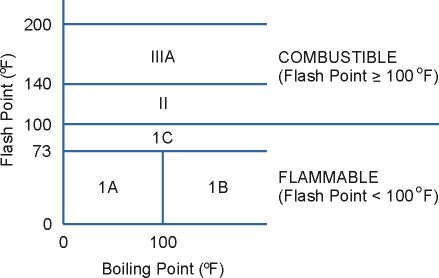 |

Some Flammable Liquids in the Plant:
Reference: "The Firefighter's Handbook of Hazardous Materials", 6th Edition, Charles J. Baker. |

Explosive limits involve the concentration level of the given chemical in the air. In popular jargon, a vapor/air mixture below the flammable limit is too lean to burn or explode. A mixture above the upper flammable limits is too rich to burn. Most flammable liquids are volatile, meaning they evaporate quickly, and can reach a concentration in the air that could lead to an explosion. |
| Lower and Upper Explosive Levels (LEL/UEL)
|
![]()
A good plan for safe use of flammable and combustible liquids contains at least these components:
|

Some sources of ignition for flammable and combustible liquids:
|

Static Electricty 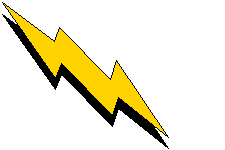
|
Bonding 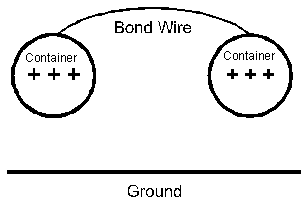
|
Grounding 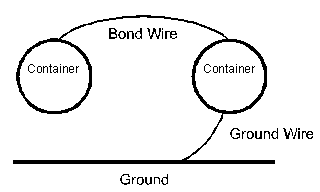
|
Ventilation
|

Storage of Flammable and Combustible Liquids
|
Safety Cans for Storage and Transfer 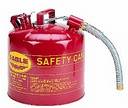 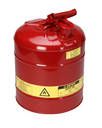
|
Flame Arrester Screen 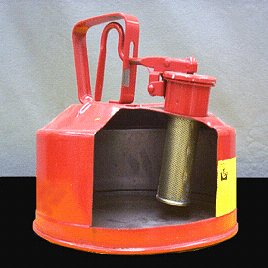
|
Storage Cabinets 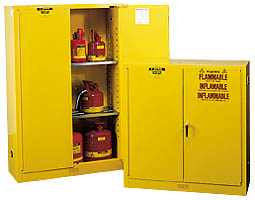

|
Fire Control 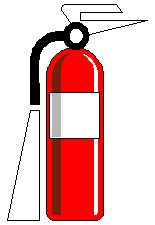
|

| Transferring Flammable Liquids Since there is a sizeable risk whenever flammable liquids are handled, OSHA allows only four methods for transferring these materials:
| |||
Self-Closing Safety Faucet 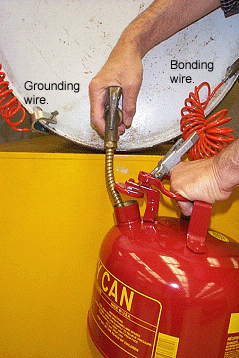
| |||
Safety Pump 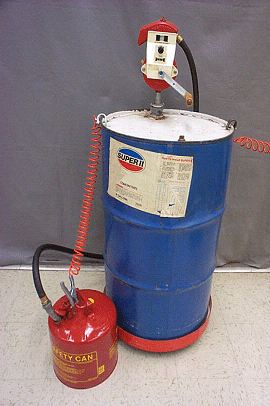
| |||
| Waste and Residue Combustible waste and residue must be kept to a minimum, stored in covered metal receptacles and disposed of daily.
| |||
Safe Handling Fundamentals
| |||
Remember:
|